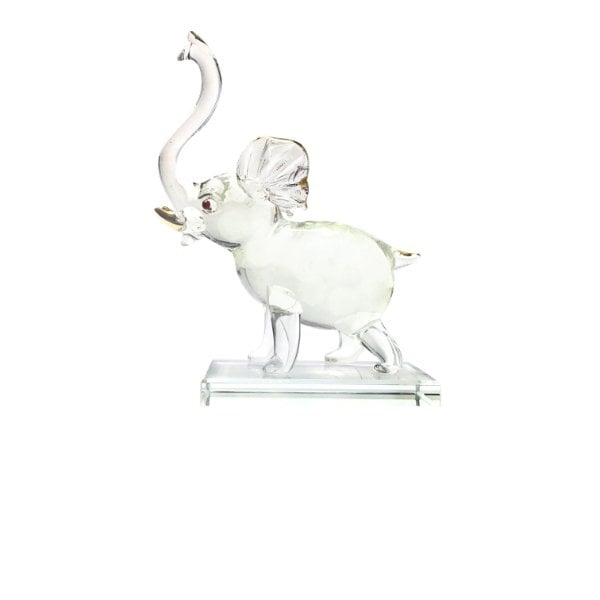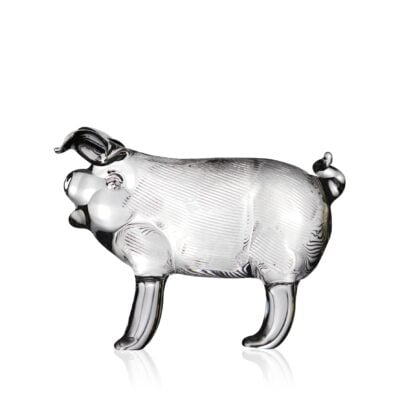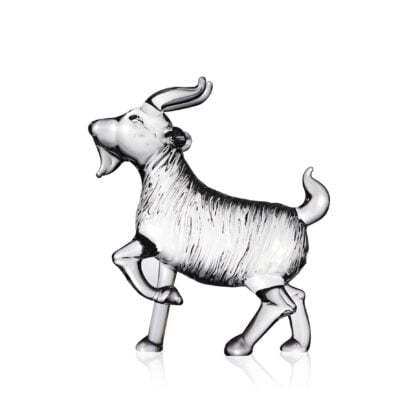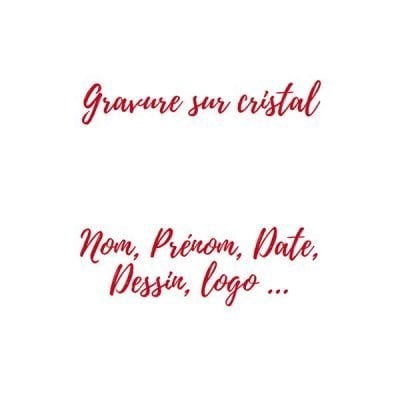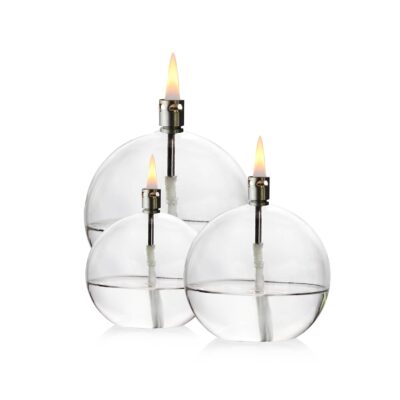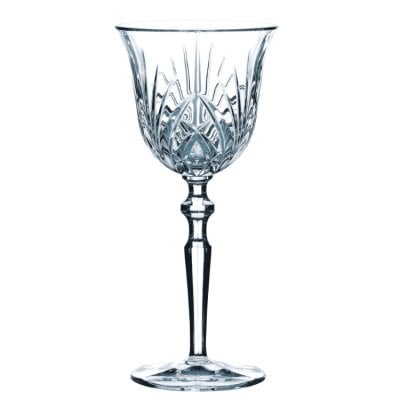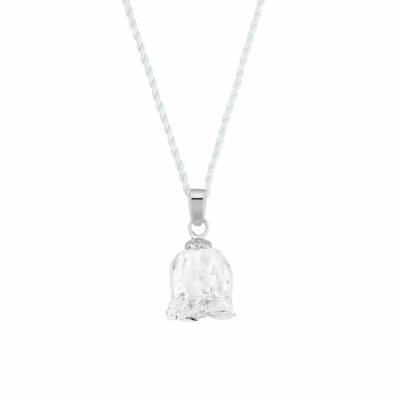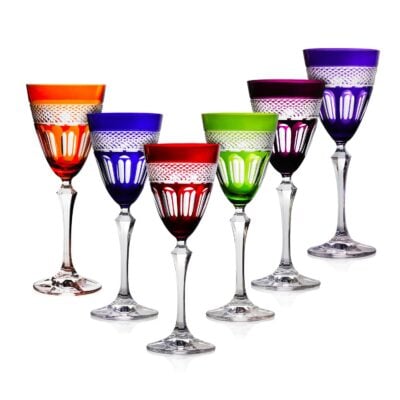WE PROVIDE INSURANCE FOR YOUR ORDER
With more than 138 years of experience, our export team takes the greatest care to package each order. A damaged product? We will send a new one. A lost parcel? We will send a new one. The shipping cost include an insurance break and lost.
CUSTOMER REVIEW
ENJOY TAXFREE
For a delivery outside the European Union, you can pay your order without VAT. Please, use the coupon code FREETAX into your cart.
RECEIVE A GIFT FOR EACH ORDER
We take care of our customers. For each order, you can select a gift in you cart. More you buy, bigger the gift is. Follow this link to discover the gift list.
WIN FIDELITY POINTS
We reward your fidelity. Each order allows you to win fidelity points, that you can use for your next order. Enjoy extra discount. Don't forget to creat an account or to login into it. Learn more ?
ADDITIONNAL INFORMATIONS
Today, crystal manufacturing takes place according to the original techniques. Thus, the mixture of sand, potassium carbonate and lead oxide is brought to a temperature of 1450°C. The molten bath is then “matured” for several dozen hours. The goal is that all the carbonate decomposition bubbles, which help to make the mixture homogeneous, are eliminated.
The mixture is then ready to be worked by pickers, blowers and tailors. And this, in accordance with the rules of art and know-how of high-end crystal making.
A little history: Crystal makers, like glassmakers, first established themselves in wooded areas. Indeed, these areas provided the wood to heat the smelting furnaces and even the ashes which provided the potassium.
In these remote areas, royal privilege allowed them to carry the sword to defend themselves. In France, the history of crystal begins in Lorraine with the Münzthal glassworks founded in 1586. However, it was only in 1767 that King Louis XVI conferred on it by letter patent the title of “Royal Glassworks of Saint-Louis”. In 1782, François de Beaufort developed the formula for crystal with more than 35% lead.

